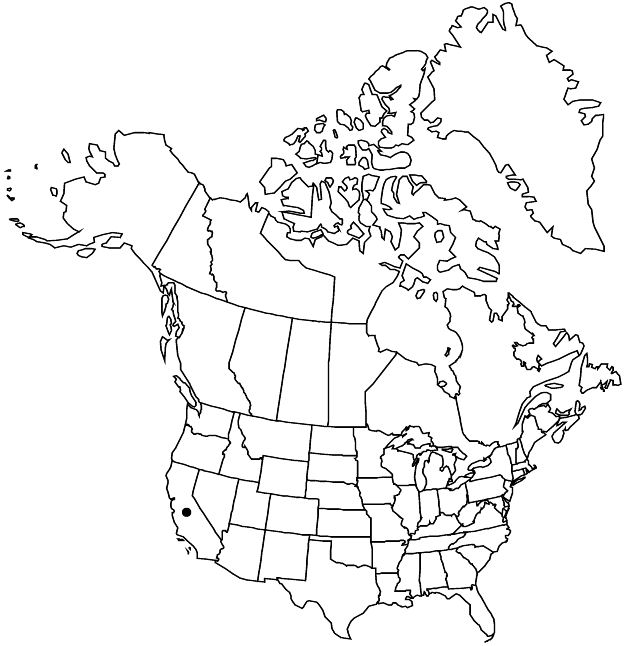Difference between revisions of "Cucurbita ficifolia"
Verh. Vereins. Beförd. Gartenbaues Königl. Preuss. Staaten 12: 205. 1837.
FNA>Volume Importer |
FNA>Volume Importer |
||
| Line 57: | Line 57: | ||
|publication year=1837 | |publication year=1837 | ||
|special status=Introduced | |special status=Introduced | ||
| − | |source xml=https://jpend@bitbucket.org/aafc-mbb/fna-data-curation.git/src/ | + | |source xml=https://jpend@bitbucket.org/aafc-mbb/fna-data-curation.git/src/f6b125a955440c0872999024f038d74684f65921/coarse_grained_fna_xml/V6/V6_94.xml |
|genus=Cucurbita | |genus=Cucurbita | ||
|species=Cucurbita ficifolia | |species=Cucurbita ficifolia | ||
Revision as of 20:17, 24 September 2019
Plants annual or short-lived perennial; roots taproots. Stems prostrate or climbing, often rooting adventitiously at nodes, to 25 m, usually sparsely hirsute with puberulent understory of gland-tipped hairs, sometimes without hirsute overstory, without pustulate-based hairs; tendrils 3–4-branched 3–5 cm above base, glabrous, eglandular. Leaves: petiole 8–20 cm, sparsely hirsute to hispid-hirsute, without pustulate-based hairs; blade sometimes mottled with silvery green, suborbiculate to ovate or reniform, palmately 3–5-lobed, 11–16 × 15–26 cm, usually broader than long or equally so, base cordate, sometimes shallowly and irregularly toothed, lobes with sinuses shallow or ± 1/2 to petiole, obovate to ovate, depressed-ovate, or triangular, midveins of leaf lobes not distinctly elongate-whitened, margins closely mucronulate to denticulate, surfaces short-villous to pubescent, eglandular. Peduncles in fruit 5-ribbed, slightly or not expanded at point of fruit attachment, hardened, woody. Flowers: hypanthium campanulate, 5–10 mm; sepals linear-lanceolate, not foliaceous, 5–15 mm; corolla yellow to yellow-orange, tubular-campanulate, 6–12 cm (staminate at shorter end of range); anther filaments sparsely short-villous, hairs viscid-glandular; ovary densely pubescent. Pepos (1) light or dark green, with or without longitudinal white lines or stripes distally, (2) irregularly, often linearly mottled, green and white, or (3) whitish to cream, globose to broadly ovoid or ovoid-elliptic, (15–)20–50 cm, smooth, flesh usually white, sweet. Seeds usually dark brown to black, sometimes whitish, ovate to ovate-elliptic or oblong-elliptic, 15–25 mm, margins raised-thickened and smooth, surfaces smooth. 2n = 40.
Phenology: Flowering Jul–Oct.
Habitat: Old habitations, open woods
Elevation: 100–1500 m
Distribution

Calif., South America, introduced also in Mexico, Central America, Europe (England, Germany, Spain), Asia, Pacific Islands (Galapagos Islands, New Zealand).
Discussion
Cucurbita ficifolia is included here on the basis of two collections from California: one from Ventura County in 1968 from the site of an old habitation at about 50 m; the other from San Bernardino County in 1948 from a wooded area at about 1400 m.
The wild ancestor of Cucurbita ficifolia is not known, but it grows in cool, high-elevation ecological zones and is considered to have originated in South America (M. Nee 1990; O. I. Sanjur et al. 2002), whence the only reliable archaeological records.